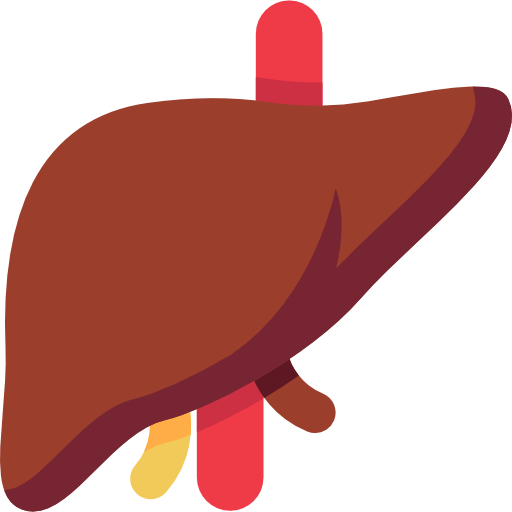
The liver is one of the vital organs of the body, responsible for many of functions that the body needs to survive. The most important function of the liver is to filter the blood coming from the digestive tract, before passing it to the rest of the body. The liver also detoxifies chemicals and metabolizes drugs. As it does so, the liver secretes bile that ends up back in the intestines. The liver also makes proteins important for blood clotting and other functions.
Tests for liver diseases:
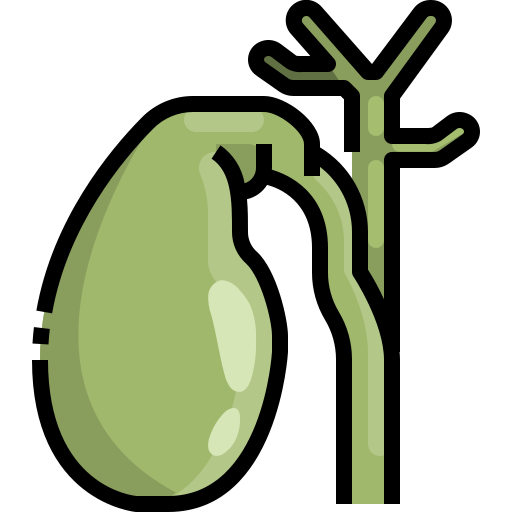

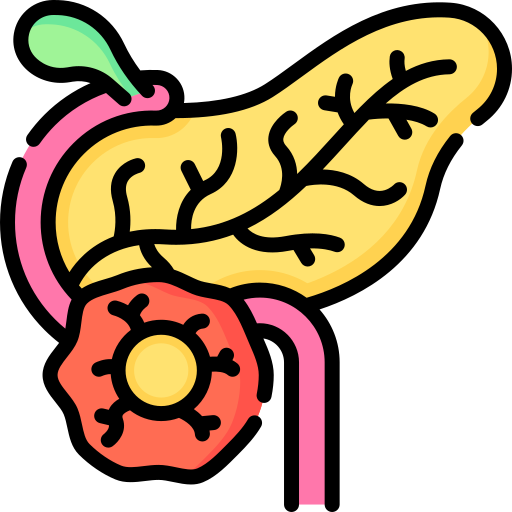
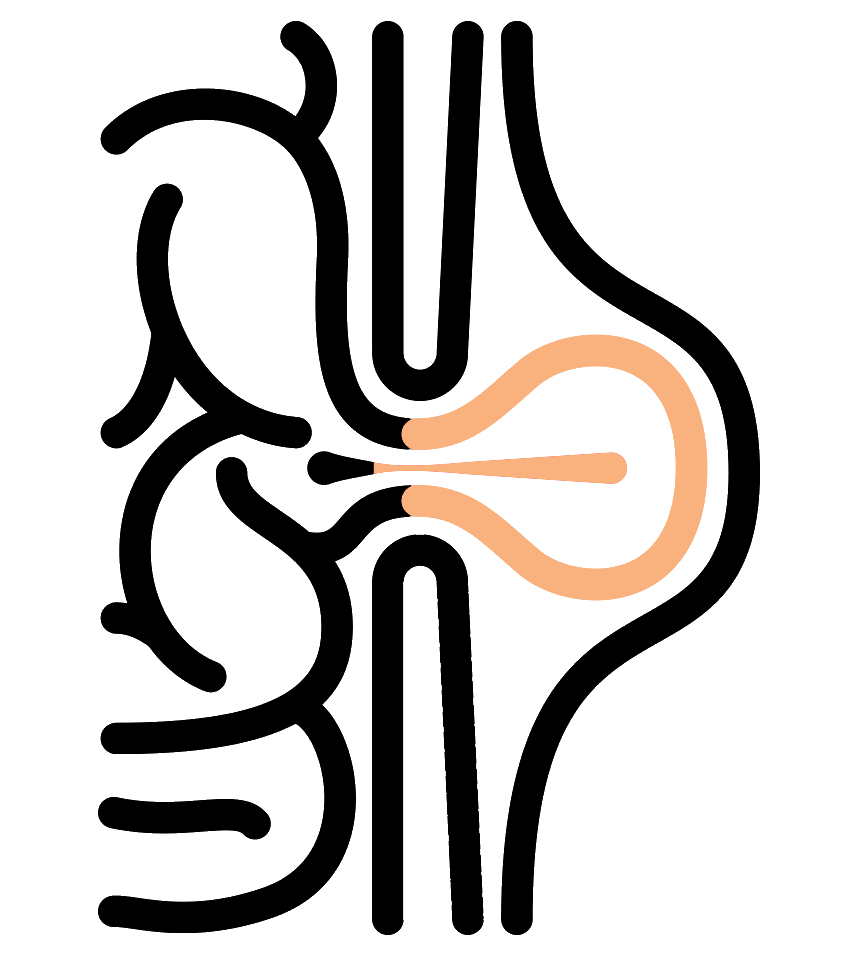
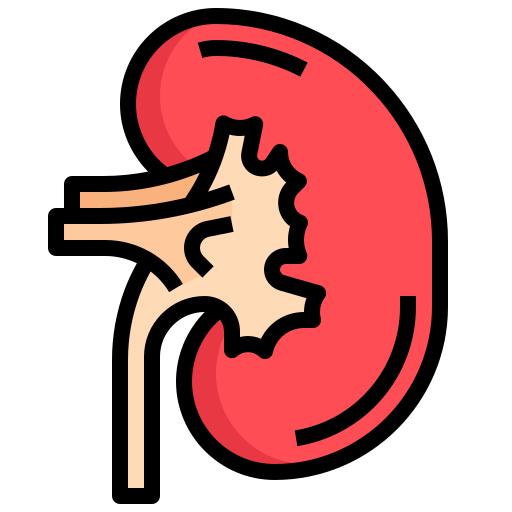
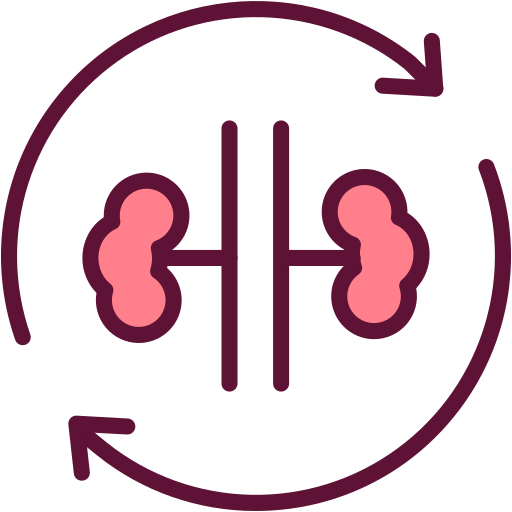
Dr Bhandari is a specialist Liver Surgeon in Perth who specialises in surgical treatment of liver diseases. Common liver diseases treated are:
There are various surgical operations of the liver performed for different disorders. The most common operation performed on the liver is a resection (removal of a portion of the liver). The most typical reason for liver resection is to remove malignant tumours because they are cancerous. Tumours can be primary (developed in the liver) or metastatic (developed in another organ, then migrated to the liver). The majority of liver metastases come from the colon. A single tumour or more than one tumour confined to either the left or the right side of the liver can be successfully resected and 5-year survival as high as 60% can be achieved.
Dr Bhandari also performs microwave ablation of liver tumours, which destroys tumours by heat. This option is usually best for patients who are not suited to undergoing surgery.
Liver resection patients are carefully evaluated by a multidisciplinary team to check for extrahepatic (outside the liver) spread. For some patients who have extrahepatic disease, liver resection may still be appropriate to relieve the symptoms caused by the tumour, but the procedure does not improve survival.
Benign tumours of the liver (cyst, adenoma, haemangioma) can be successfully managed by liver resection as well. If the location of a benign tumour is superficial and small, the operation can be performed laparoscopically, via key-hole surgery.
Liver resection surgery requires about 3-5 hours. Liver surgery usually does not require blood transfusion. Up to 70-75% of the liver tissues can be safely removed by a liver resection. The patient is usually required to stay in hospital for about 5 days after the procedure. The liver is capable of regeneration, which may take up to 6-8 weeks. Good nutrition including high amounts of protein in the diet is crucial for liver regeneration. However, a cirrhotic liver which has high amounts of scar tissue, or an unhealthy liver, is not capable of regeneration.
Dr Bhandari is an experienced Liver surgeon. He performs most of the liver surgery laparoscopically which means minimal recovery time and minimal scarring.
Microwave ablation (MVA) of liver tumours:
MVA destroys liver tumours without removing them. In this procedure microwaves are transmitted through the probe are used to heat and destroy the abnormal tissue. These techniques are used in patients with a few small tumours and when surgery is not a good option (often because of poor health or reduced liver function). This can be performed percutaneously or at the time of surgery. Ablation is best used for tumours no larger than about 3 cm across. Often this can be completed as a day procedure.
Risks and Complications.
Liver surgery is associated with some risks and complications.
These are rare but include:
Post-operative care.
Some post-operative instructions for patients undergoing liver surgery are as follows:
The dressing over the incision is usually removed 2-3 days after the surgery.
Regular intake of the prescribed medications is recommended for the best outcome and patients should undergo any blood tests Mr Bhandari recommends.
Where possible, perform some physical activities to keep the lungs healthy and prevent blood clots – however, avoid overdoing it.
Avoid consumption of alcohol.
Avoid lifting heavy weights for at least 6-8 weeks.
Follow up appointment.
After liver surgery, patients have regular follow up appointments and might need to have some tests. Your first appointment after surgery will be scheduled for 2-3 weeks later. Further appointments will depend on which disease has been treated and your progress. If there are any concerns in between the appointments, then you can contact the practice but in case of emergency please report to your nearest hospital emergency department.
Your message has been sent successfully…
